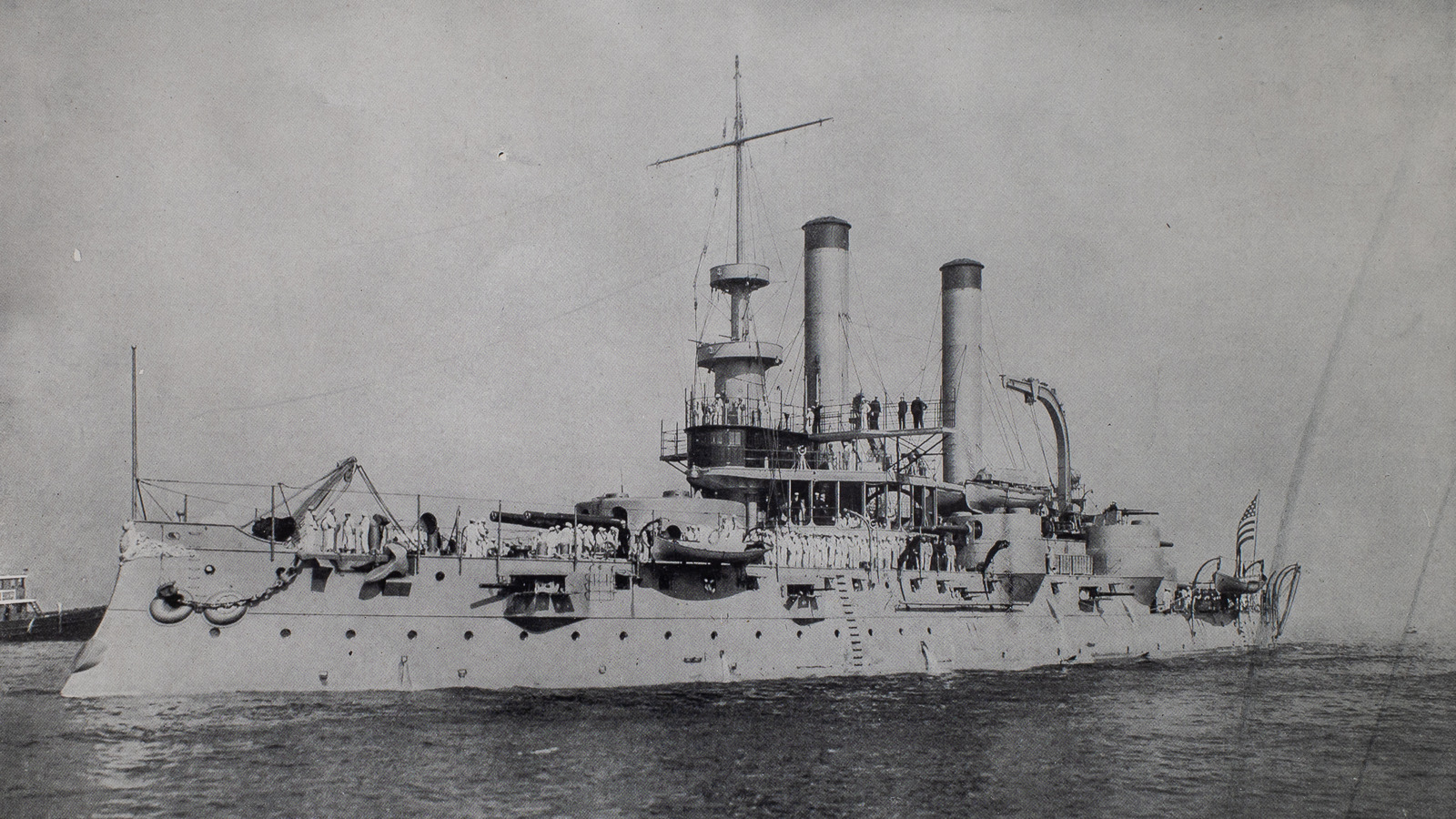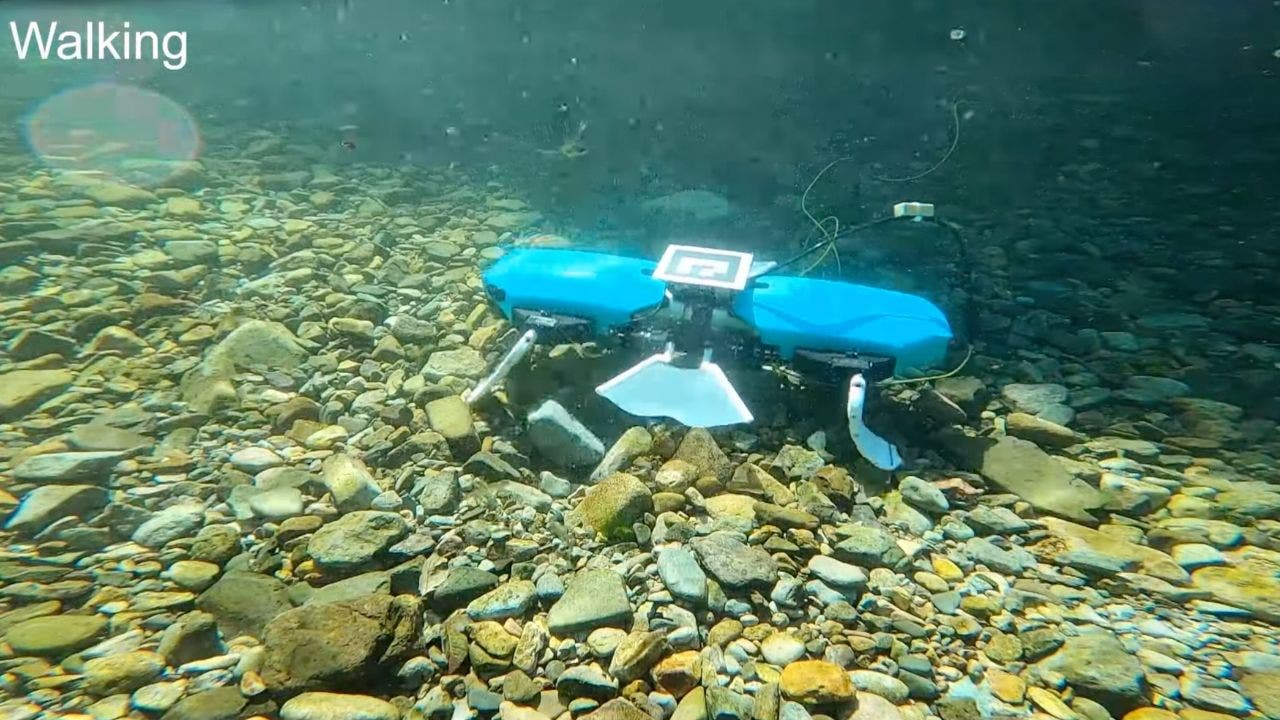The U.S. Navy decommissioned the USS Iowa (BB-4) when WWI ended, but instead of setting it up as a museum or scuttling it to create an artificial reef, the U.S. Navy gave it a second life. The vessel was outfitted with remote-control radio equipment, enabling its operation without requiring anyone on board. In October 1920, the Navy rechristened the Iowa as Coast Battleship No. 4; its guns were removed, numerous compartments were sealed, automatic bilge pumps were installed, and its boilers were outfitted to burn oil.
The installed upgrades made remote operation possible, so an officer aboard the USS Ohio (BB-12), which served as a control ship, drove the remote vessel. Remote operations were limited, but the controller could steer the ship to starboard or port and place it on a steady course in one direction. This initial training operation kicked off on June 29, 1921, and personnel utilized numerous surface vessels and aircraft (including blimps) to seek out and find Coast Battleship No. 4 with the goal of striking the vessel.
Sinking the ship wasn’t an option, as the bombs dropped by Navy and Marine Corps aircraft were 100 lb. sand-filled practice bombs and ten 500 lb bombs. After the exercise, the vessel was redesignated IX-6 and used as an experimental radio-controlled vessel. The initial test was successful, but not because most bombs missed their targets — it was useful in providing real experience for aviators hoping to strike moving vessels on the water. Of the 85+ bombs dropped, only two hit the ship.







